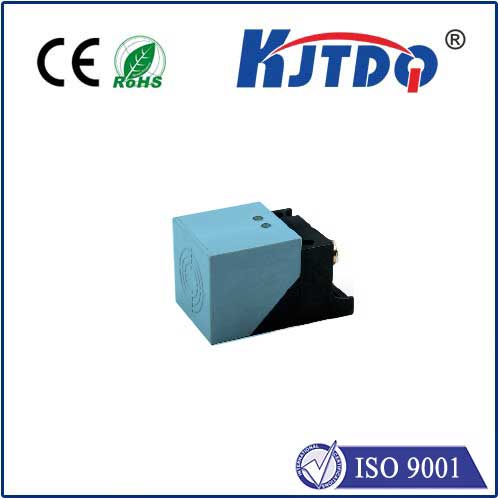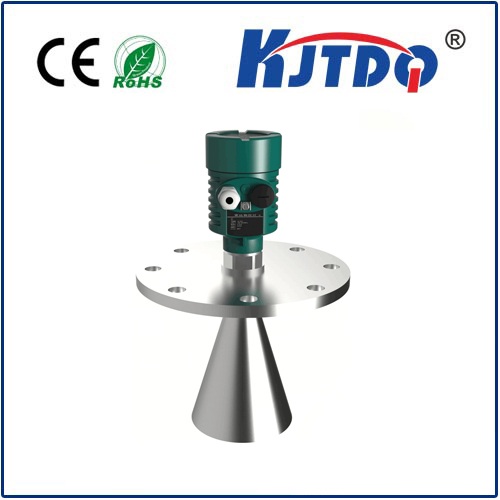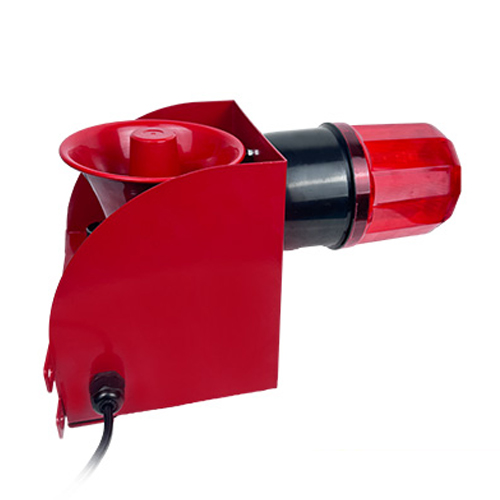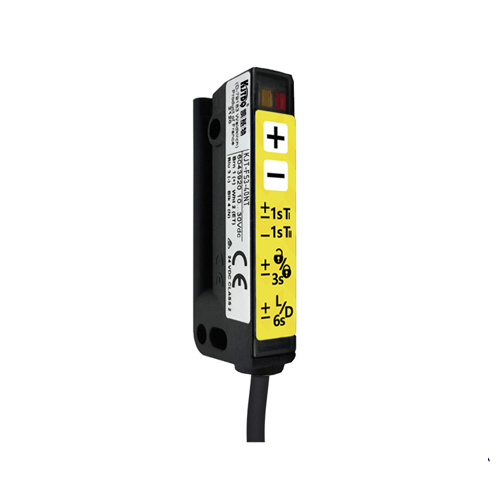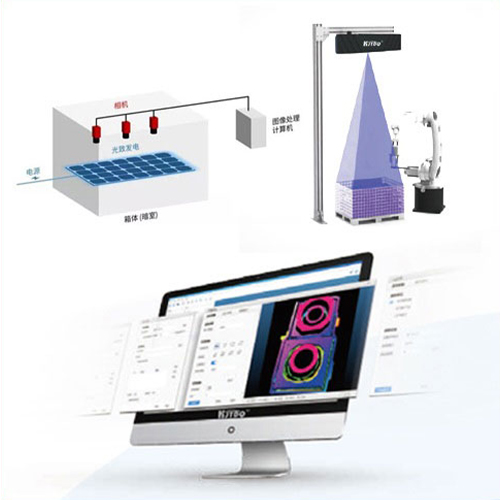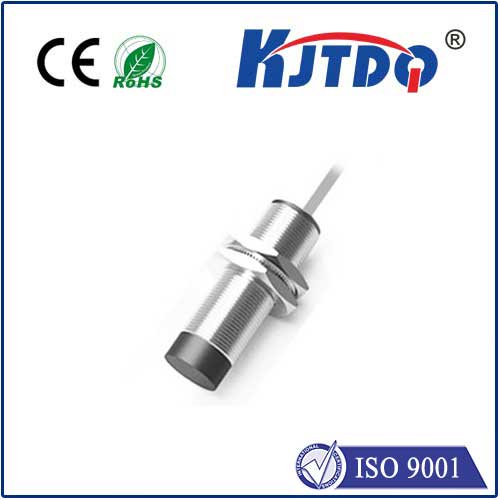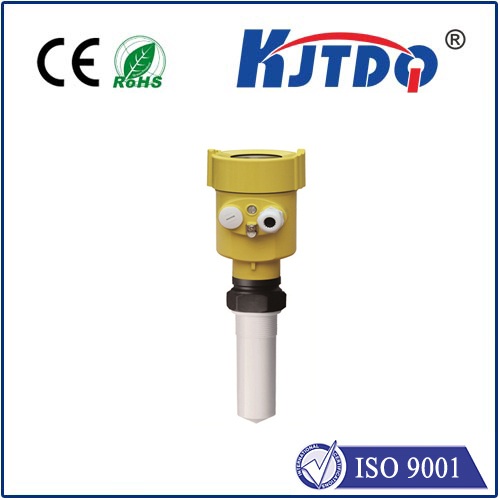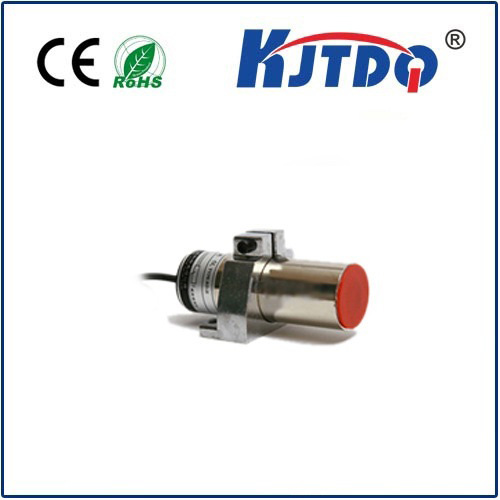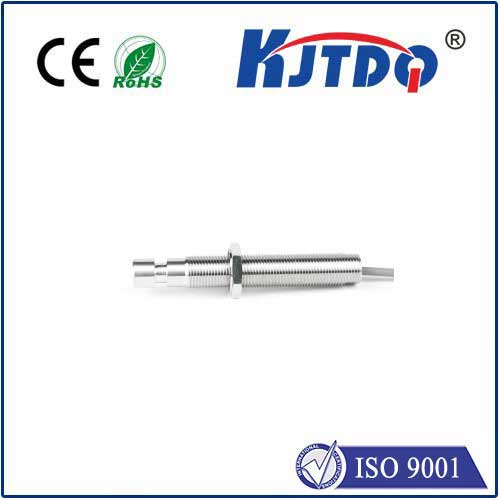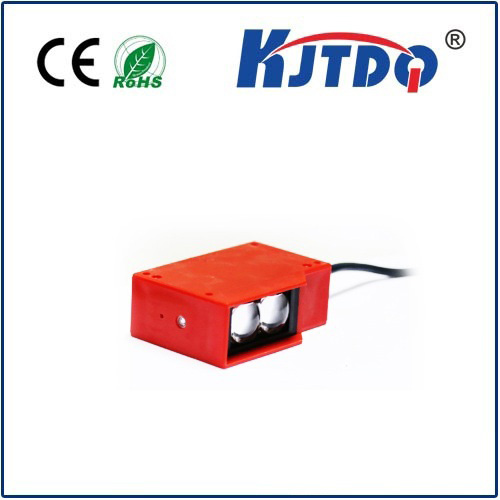

check

check

check

check

check

check

check

check

check

check
As technology continues to advance, digital proximity sensors have become an essential component in various industries. These sensors, also known as touch sensors or capacitive sensors, rely on capacitance to detect physical contact and determine the distance between objects. In this article, we will explore the evolution of digital proximity sensors from their simple beginnings to their complex applications in modern technology.
In the early 20th century, scientists discovered that certain materials had a property called capacitance, which could be used to detect the presence of an object. This led to the development of the first proximity sensor in the 1940s, which was used to measure the distance between electrical circuits. However, these sensors were bulky and expensive, making them impractical for most applications.
The 1970s saw a surge in interest in proximity sensors, as they became more affordable and smaller in size. Companies began developing new types of sensors, such as ultrasonic and infrared proximity sensors, which could detect objects at greater distances and with better accuracy. These sensors were widely used in industrial automation, automotive systems, and consumer electronics.
In the 1990s, the introduction of microelectromechanical systems (MEMS) technology revolutionized the design and manufacturing of proximity sensors. MEMS sensors were smaller, cheaper, and more accurate than traditional proximity sensors, making them suitable for a wide range of applications. Some of the earliest MEMS-based proximity sensors include pressure mats used in mobile phones and touchpads.
Today, digital proximity sensors are ubiquitous in our daily lives. They are used in everything from smartphones and tablets to home appliances and wearable devices. These sensors can detect physical contact with different surfaces, such as glass, metal, wood, and plastic, providing users with intuitive interactions and feedback. For example, digitalproximity sensors are used to power gesture controls in laptops and tablets, allowing users to navigate menus and content without touching a keyboard or mouse.
Digital proximity sensors are also crucial for ensuring the safety and security of smart homes and buildings. They can detect when someone enters a room or approaches an object, triggering alarms or locking doors. In healthcare settings, proximity sensors can monitor the vital signs of patients and alert caregivers if any changes occur.
As technology continues to improve, digital proximity sensors are expected to become even more advanced and versatile. Some potential areas of development include improved accuracy, longer battery life, and increased integration with other technologies such as artificial intelligence and machine learning.
In conclusion, digital proximity sensors have come a long way since their inception in the 1940s. From simple touch sensors to sophisticated MEMS-based systems, they have played a critical role in shaping modern technology. As we move forward into the future, it is clear that digital proximity sensors will continue to innovate and evolve, enhancing our daily experiences and improving our quality of life.
